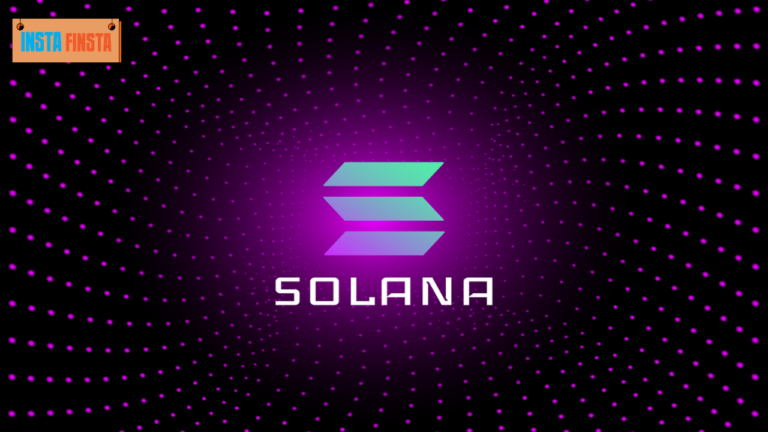In recent years, blockchain technology has exploded in popularity, offering decentralized solutions to many of the world’s problems. Among the myriad of blockchain platforms available today, Solana stands out as one of the most innovative and fastest-growing networks in the cryptocurrency world. So, what makes Solana so special, and why should you care? Let’s dive in.
What is Solana?
Solana is a high-performance blockchain platform designed for decentralized applications (dApps) and crypto projects. Launched in 2020 by Anatoly Yakovenko, a former Qualcomm engineer, it aims to solve the scalability issues that have plagued earlier blockchains like Bitcoin and Ethereum. Unlike these older networks, Solana can handle thousands of transactions per second (TPS) with minimal fees.
How Does Solana Work?
The magic behind Solana’s impressive speed lies in its unique consensus mechanism called Proof of History (PoH), combined with Proof of Stake (PoS). While PoS allows validators to participate based on their staked tokens, PoH provides a cryptographic timestamp to each transaction. This innovation eliminates the need for all nodes to communicate for consensus, significantly reducing transaction times.
Key Features of Solana
- High Transaction Throughput: Solana boasts up to 65,000 TPS, making it one of the fastest blockchains.
- Low Transaction Costs: Fees are typically a fraction of a cent, providing a cost-effective solution for users and developers.
- Scalability Without Sharding: Unlike other blockchains that require sharding to scale, Solana operates on a single global state, simplifying development.
- Robust Ecosystem: Solana supports a wide array of dApps, NFTs, and DeFi projects.
Solana’s Ecosystem
The Solana ecosystem has rapidly expanded, encompassing various sectors:
- DeFi (Decentralized Finance): Projects like Serum and Raydium provide decentralized exchanges and liquidity.
- NFT Marketplaces: Solanart and Magic Eden are popular platforms for buying and selling NFTs.
- Web3 and Gaming: Solana is home to innovative Web3 projects and blockchain-based games.
Why Solana Matters
- Speed and Efficiency: In a world where transaction speed is critical, Solana’s efficiency is a game-changer for blockchain technology.
- Developer-Friendly: Solana’s architecture and tools make it easier for developers to build scalable applications.
- Growing Community: The Solana Foundation actively supports developers and fosters a vibrant community, driving continuous innovation.
Solana’s Native Token (SOL)
The SOL token is the native cryptocurrency of the Solana blockchain. It is used for:
- Transaction Fees: Paying fees within the network.
- Staking: Users can stake SOL to earn rewards and participate in network validation.
- Governance: SOL holders can vote on future updates and governance proposals.
As of today, SOL has become one of the top cryptocurrencies by market capitalization, often catching the attention of investors and traders.
Challenges and Controversies
Despite its many strengths, Solana has faced some challenges:
- Network Outages: Several high-profile outages have raised concerns about reliability.
- Centralization Criticism: Some critics argue that Solana’s validator structure leans towards centralization.
However, the team behind Solana is actively working on improvements to mitigate these issues.
The Future of Solana
The future looks promising for Solana as more projects adopt its technology. Partnerships with major companies and continuous upgrades ensure that it remains at the forefront of blockchain innovation.
Conclusion
In a rapidly evolving blockchain landscape, Solana’s speed, efficiency, and vibrant ecosystem position it as a leading contender. Whether you are an investor, developer, or blockchain enthusiast, Solana offers an exciting platform with limitless potential. Keep an eye on this blockchain powerhouse as it continues to shape the future of decentralized technology.


